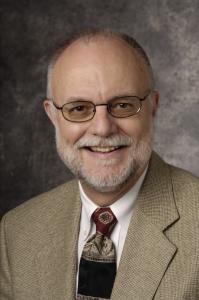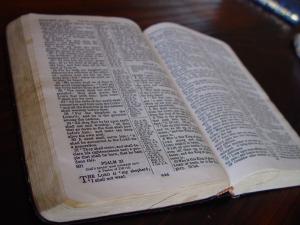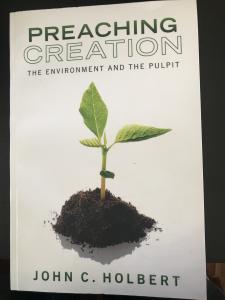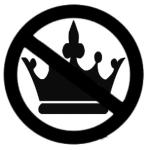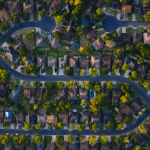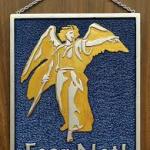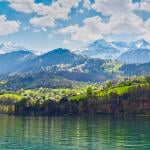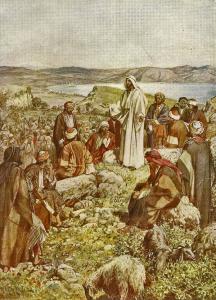 I have now travelled to Israel and the Middle East on several occasions, but my first trip in 1978 was perhaps the most memorable. Since that was nearly 40 years ago, I marvel at the many things that have changed in that troubled land, but am deeply sorry about the many things that have not changed as well. Many of the grand sights and unrivalled wonder of the place are still to be seen, but the deep divide between Israelis and Palestinians has not closed but has been exacerbated by the monstrous wall that looms over so many former fields and vistas, separating east and west, and creating tensions that roil in the air nearly wherever one goes
I have now travelled to Israel and the Middle East on several occasions, but my first trip in 1978 was perhaps the most memorable. Since that was nearly 40 years ago, I marvel at the many things that have changed in that troubled land, but am deeply sorry about the many things that have not changed as well. Many of the grand sights and unrivalled wonder of the place are still to be seen, but the deep divide between Israelis and Palestinians has not closed but has been exacerbated by the monstrous wall that looms over so many former fields and vistas, separating east and west, and creating tensions that roil in the air nearly wherever one goes
To be sure in 1978 there were tensions to be felt. For example, our tiny group from Texas had to pass over the Allenby Bridge to enter Israel from Jordan after our visit to Petra in a cold wind with a hint of sleet. At the bridge, notorious for its harassment of western tourists, we waited for four hours as all of our bags were removed from under the bus, opened on the ground near the bus, and cursorily examined while the Arab/Jordanian guards spoke in animated tone about the price of oranges! Many were dressed in typical flowing white robes, adding to their exotic presence, especially for one couple of our group who, in their 70’s, had never before been away from their county in Texas! Since I was the only one of the group who understood a smidgeon of Arabic, I could pick out what the discussion was about. However, Arabic speakers tend to gesture wildly and intone their language with force, so to my group they looked and sounded very angry and threatening. They were not in the slightest, I assured my fearful friends. Nevertheless, some of our group was decidedly spooked.
On the Israeli side of the bridge, all facilities were neat and clean, and every guard spoke unaccented English; in fact, many of them were former Americans who had made aliyah, that is had immigrated to Israel. I remember the man who searched my bag with the most meticulous of care, even removing the top of my deodorant to check within, all the while keeping up detailed patter about American baseball. I reflected then, and still feel so now, that the initial impressions of the two countries were exceedingly important, and that Jordan had failed the test of welcome while Israel had passed with flying colors. This impression was hardly in any way surprising; after all, Israel was already a close friend of the US, and was supported almost without reservation at the highest levels of our government, while many in the Arab world were highly suspicious of the American support of Israel, still seen by many as an interloper in a sea of Arabic speaking peoples. Our trip occurred barely 10 years after the 1967 war when Israel had recaptured the western wall of Jerusalem and had begun its near complete domination of its Palestinian neighbors.
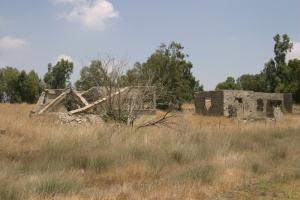 I found the trip almost continually confounding. The ironies of the place were palpable. We were taken to the spots where all tourists go: the Sea of Galilee, Tiberias, Jerusalem’s Western Wall, the old market, the holy stations to Golgotha and the Church of the Holy Sepulcher, etc. I found it all quite intoxicating and wonderful, but continued to note the amazing mix of peoples at each of these places, and the feeling in the air of uncertainty and potential dangers among all those unlikely crushes of very different peoples.
I found the trip almost continually confounding. The ironies of the place were palpable. We were taken to the spots where all tourists go: the Sea of Galilee, Tiberias, Jerusalem’s Western Wall, the old market, the holy stations to Golgotha and the Church of the Holy Sepulcher, etc. I found it all quite intoxicating and wonderful, but continued to note the amazing mix of peoples at each of these places, and the feeling in the air of uncertainty and potential dangers among all those unlikely crushes of very different peoples.
 But surely the most ironic moment came at the traditional sight of the Sermon on the Mount, on the north shore of Lake Chinnerett, or the Sea of Galilee. The lake is quite beautiful, and we were there on a warm January day. Our guide, whose name I remember as Shmuel, had been a tank commander in the 1967 war between Israel and nearly all of its Arab neighbors. This lovely site is very close to the Golan Heights, on the border with Syria; we could see it clearly from where we were. It was from that place to the east of where we were standing that hundreds of Syrian tanks poured over the ridge and attacked the northern Israeli army. Shmuel described in grim detail his part in that battle, how he was wounded and taken to a field hospital, and then how he refused treatment and headed back to his tank still wearing a hospital gown! His face glowed as he recounted the Israeli victory that day against far more numerous forces.
But surely the most ironic moment came at the traditional sight of the Sermon on the Mount, on the north shore of Lake Chinnerett, or the Sea of Galilee. The lake is quite beautiful, and we were there on a warm January day. Our guide, whose name I remember as Shmuel, had been a tank commander in the 1967 war between Israel and nearly all of its Arab neighbors. This lovely site is very close to the Golan Heights, on the border with Syria; we could see it clearly from where we were. It was from that place to the east of where we were standing that hundreds of Syrian tanks poured over the ridge and attacked the northern Israeli army. Shmuel described in grim detail his part in that battle, how he was wounded and taken to a field hospital, and then how he refused treatment and headed back to his tank still wearing a hospital gown! His face glowed as he recounted the Israeli victory that day against far more numerous forces.
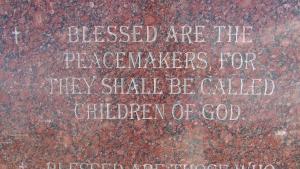 We were all rapt in silence by his story; I turned around, and directly behind me saw the large inlaid plaque: “Blessed are the peacemakers, for theirs is the kingdom of heaven.” An absolutely stunning juxtaposition of war and the call for peace from the one we call the Prince of Peace. Tradition affirms that on that very spot these words were spoken by Jesus, and Shmuel’s story made it clear once again that we have yet to learn the lesson Jesus tried to impart. Subsequent trips to Israel have not changed my view that the land of Israel is fraught with bitter and painful ironies too numerous to count. That land is the cradle of three of the world’s great religions, all of which espouse words of justice and peace. Yet, the land is riven by turmoil, oppression of the weak by the powerful, and the evident desires of some to be in control of the many.
We were all rapt in silence by his story; I turned around, and directly behind me saw the large inlaid plaque: “Blessed are the peacemakers, for theirs is the kingdom of heaven.” An absolutely stunning juxtaposition of war and the call for peace from the one we call the Prince of Peace. Tradition affirms that on that very spot these words were spoken by Jesus, and Shmuel’s story made it clear once again that we have yet to learn the lesson Jesus tried to impart. Subsequent trips to Israel have not changed my view that the land of Israel is fraught with bitter and painful ironies too numerous to count. That land is the cradle of three of the world’s great religions, all of which espouse words of justice and peace. Yet, the land is riven by turmoil, oppression of the weak by the powerful, and the evident desires of some to be in control of the many.
I love the land of Israel, as well as I love the glories of Egypt and the wonders of Jordan. I would go again in a minute. However, I fear that any trip I might make would merely reaffirm my sorrows at just how far the peoples of 2017 are from the hopes of the Jews of 3000 years ago, the dreams of the Christians of 2000 years ago, and the expectations of the Muslims of 1400 years ago. We need to pray for the peace of Jerusalem, for in that prayer we fold our hopes for the entire Middle East and its troubled peoples.
(Images from Wikimedia Commons)


